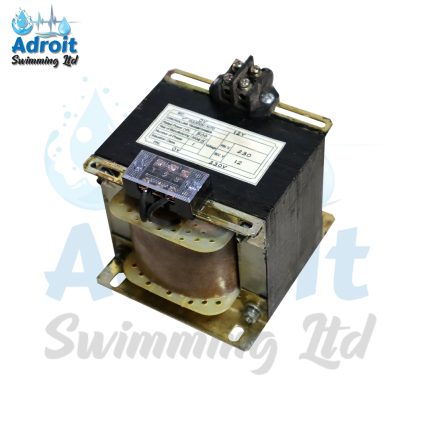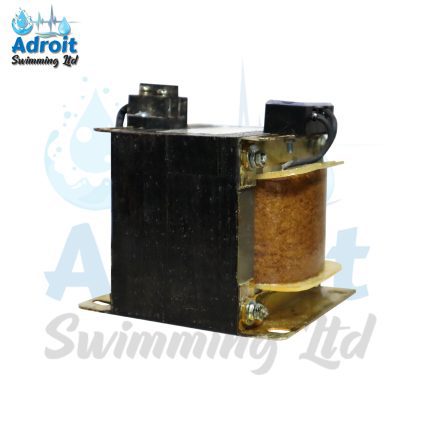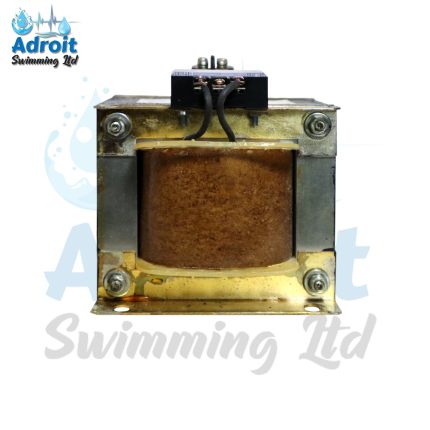Transformer
A transformer is a vital electrical device used to transfer electrical energy between two or more circuits through electromagnetic induction. It plays a crucial role in the transmission and distribution of electrical power, enabling efficient voltage conversion to meet the varying demands of different electrical systems. Transformers are widely used in power plants, substations, and industrial applications, ensuring that electricity is delivered safely and effectively from generation sources to consumers.
A Swimming Pool Light Transformer is an essential component for safely powering pool lighting systems. These transformers convert standard high-voltage electricity from the home’s electrical supply (typically 120V or 240V) to a safer, low-voltage current (usually 12V or 24V) suitable for underwater lighting. Given the water-electricity relationship, a pool light transformer provides an added layer of protection, ensuring safe, reliable illumination while enhancing the pool’s visual appeal for nighttime use.
Key Functions and Importance
1. Voltage Conversion: The primary role of a pool light transformer is to step down the voltage from a higher household level to a safer, low-voltage current. Pool lights, especially those designed for underwater use, are usually low-voltage to prevent risks associated with electrical malfunctions. By lowering the voltage, the transformer ensures that lights can function effectively while minimizing the risk of electric shock, keeping both swimmers and maintenance staff safe. 2. Safety and Compliance: Transformers are essential for meeting safety codes and compliance standards. Many local and international electrical codes mandate the use of transformers with pool lights, especially when they’re installed underwater. Proper installation and use of a transformer protect the pool lighting system from electrical issues, including short circuits or voltage surges, and reduce the risk of serious accidents. Pool light transformers are typically housed in weatherproof, corrosion-resistant casings to withstand outdoor exposure, further ensuring reliability and safety. 3. Energy Efficiency: Transformers designed for pool lighting are built to be energy-efficient, reducing electricity consumption by efficiently converting high voltage to low voltage. Many transformers come with multiple power options, enabling users to select the appropriate wattage based on the lighting setup and pool size. By selecting the correct transformer capacity, pool owners can avoid overloading circuits, extend the life of the lighting system, and maintain optimal energy efficiency.Types of Pool Light Transformers
There are several types of swimming pool light transformers, each tailored to different needs, sizes, and lighting configurations:- Single-Tap Transformers: These are the most basic models, designed to supply a fixed low voltage (such as 12V) to the lighting system. They are suitable for smaller pool lighting setups that require a consistent, single-output voltage.
- Multi-Tap Transformers: Multi-tap transformers allow for different voltage outputs (e.g., 12V, 13V, or 15V), making them versatile for pools with varying lighting requirements. This type is particularly useful for larger pools or complex lighting designs where multiple fixtures may need different voltages for optimal brightness. Multi-tap transformers offer greater flexibility and can accommodate various light types within one system.
- Smart Transformers: Some pool light transformers are equipped with smart technology, allowing for remote control and timer functions. These transformers can connect to smart home systems, providing users the convenience of managing pool lights from a smartphone or a control panel. With a smart transformer, homeowners can schedule when lights turn on or off, adjust brightness levels, and even sync with other smart pool equipment for a fully integrated system.




















